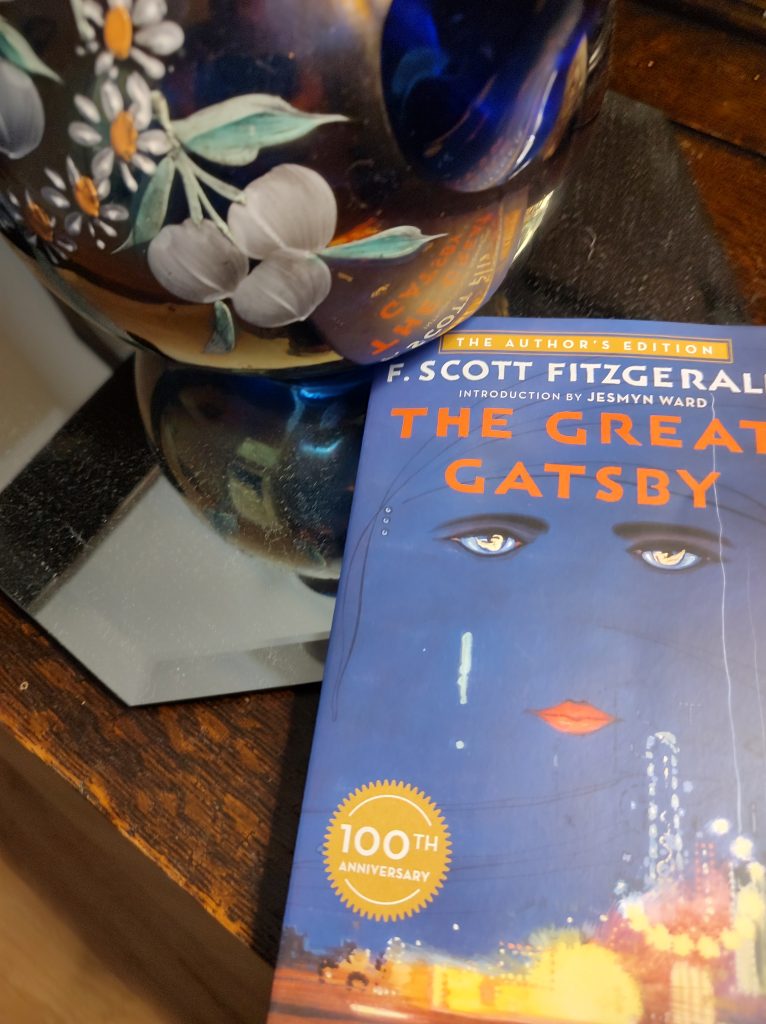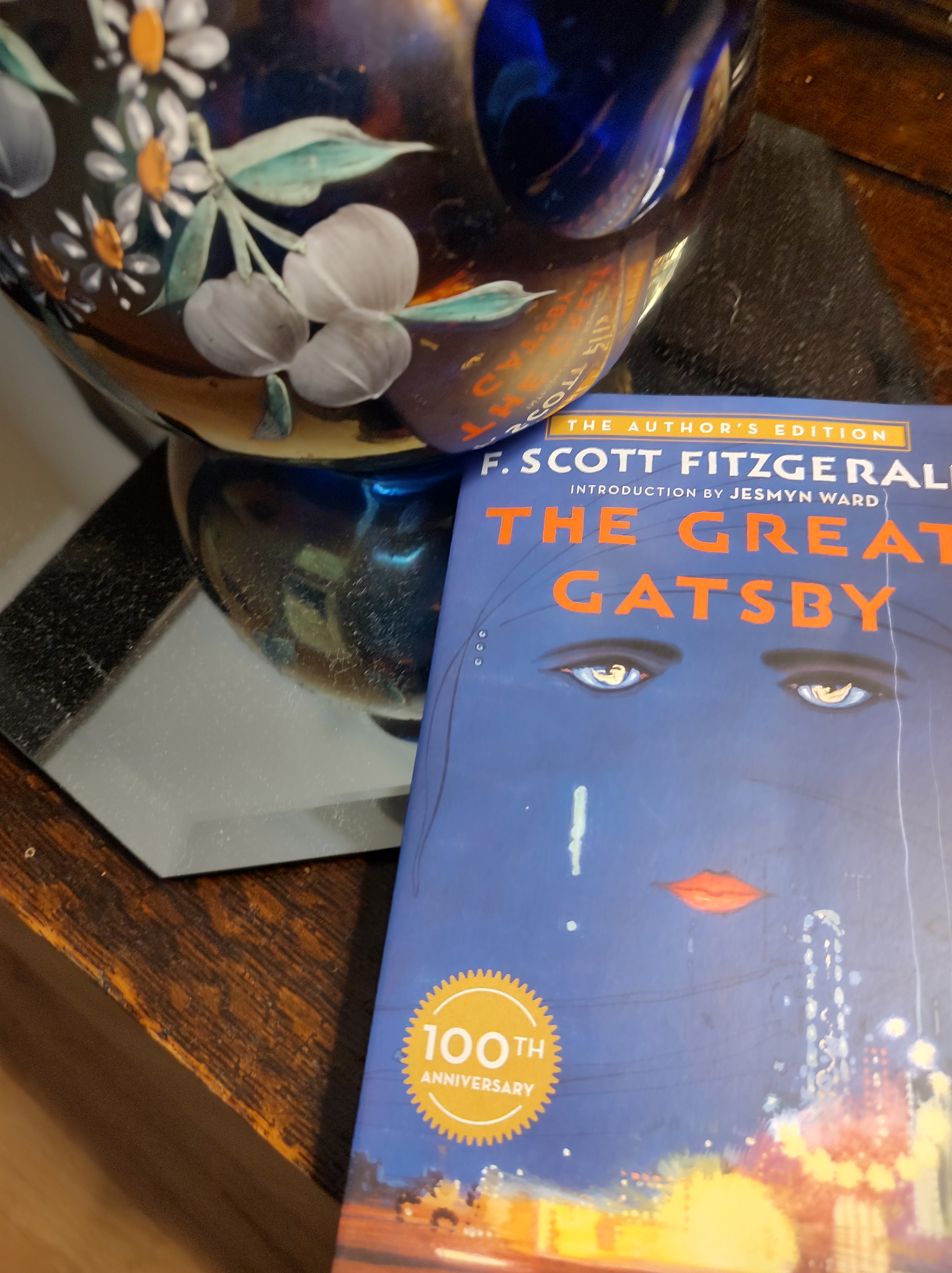
The Link Between the Summer Solstice and a Damaged Piece of Art at the Getty Museum

Each summer, during the solstice, something enchanting occurs at the Getty Research Institute (GRI) in Los Angeles. A skylight referred to as the “oculus,” located precisely in the center of the GRI, captures the sunlight at noon, channeling it down toward an opaque glass circle below. This moment brings forth a profound sense of tranquility and contemplation, with staff members often coming together to observe the sunlight gently spreading over the tiled floor.
Prior to the installation of a glass plate embellishing GRI’s floor, there existed a site-specific artwork by British artist Andy Goldsworthy, initially commissioned in the early 1990s during the development and construction phases of the Getty Center. Similar to the library in which it would reside, Goldsworthy aspired for the piece to act as a reservoir of knowledge, a “well from which to draw energy from the earth,” as he expressed to his gallerist, Cheryl Haines, in January 1989. To convey that sentiment, Goldsworthy crafted a hand-formed spiral ring, reminiscent of a tapered hole endlessly burrowing into the earth. This metaphor was further enhanced by the material nature of the ring—Goldsworthy utilized clay and dirt taken from the Getty’s construction site for the sculpture.
Being created from the earth itself, Goldsworthy’s sculpture was inherently responsive to its environment, gradually evolving and shifting over time. The earthwork developed cracks during the nine months it needed to dry, transforming into a form reminiscent of a dramatic mountain ridge or desert landscape, with some fissures exceeding five inches in width. “[The cracks will] bond with the earth that lies below from where it comes,” Goldsworthy noted in another correspondence with Haines. Despite the considerable cracking and chipping, the artist remained satisfied, asserting that this process “emphasized that although the [GRI] building is new, the well of knowledge on which we draw is old.”
In June 1999, a natural force proved too powerful for the artwork to endure. An unforeseen failure in the GRI’s sprinkler system caused a devastating flood. Within a mere 11 minutes, 33,000 gallons of water had coursed through the building. Although the library staff managed to safeguard the books and Goldsworthy’s earthwork, moisture still permeated the floor beneath and the base of the installation, turning into mud. It was merely a matter of time before deterioration and decay would ensue. Consequently, the Getty made the difficult choice to decommission the sculpture, which occurred during that year’s winter solstice. Soon, a glass plate would come to embellish the area where the piece once existed.
Even with its eventual destruction, the sculpture still “fulfilled a vision that Goldsworthy had set out for [it],” as stated by the Getty Foundation. “The most tangible, permanent thing that I will leave there is the story of something that was made in that place and that people saw it being made, knew that the materials came from the site…even when the object’s gone,” the artist remarked in a 1997 interview.
Another summer solstice may have passed at the GRI without the sculpture, yet it remains, deeply ingrained in the library’s memory.